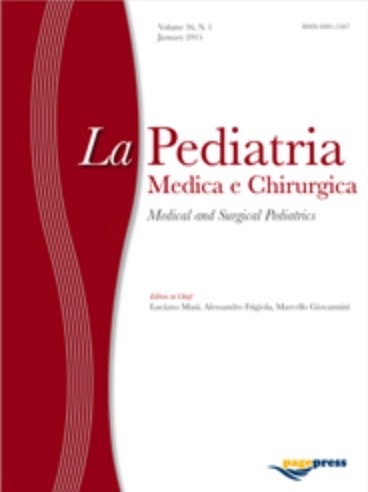The effect of storytelling on fear in school-age children during hospitalization

All claims expressed in this article are solely those of the authors and do not necessarily represent those of their affiliated organizations, or those of the publisher, the editors and the reviewers. Any product that may be evaluated in this article or claim that may be made by its manufacturer is not guaranteed or endorsed by the publisher.
Authors
Hospitalization places children in conditions that may nurture fears of new surroundings, strangers, and unknown actions. Storytelling can be administered as a distraction from the fears that a child experiences during treatment. This study aims to determine the effectiveness of storytelling against fear due to hospitalization in school-age children admitted to the hospital. This study used a quantitative approach with a pre-experimental design and the method used was nonequivalent control group pretest-posttest design. Subjects in this study consisted of two groups namely the intervention and the control groups. The total number of respondents was n=32 and located at the Maternity and Children Hospital in Indonesia. Bivariate analysis showed that storytelling intervention had a significant relationship with the fear of hospitalization among the hospitalized school-age children (p-value=0.001< 0.05). Also, there was a significant difference between the fear score in the intervention and the control groups (p-value=0.001<). Therefore, applying storytelling in the nursing intervention of pediatric patients in hospitals can be recommended to minimize the fear in children.
How to Cite

This work is licensed under a Creative Commons Attribution-NonCommercial 4.0 International License.






